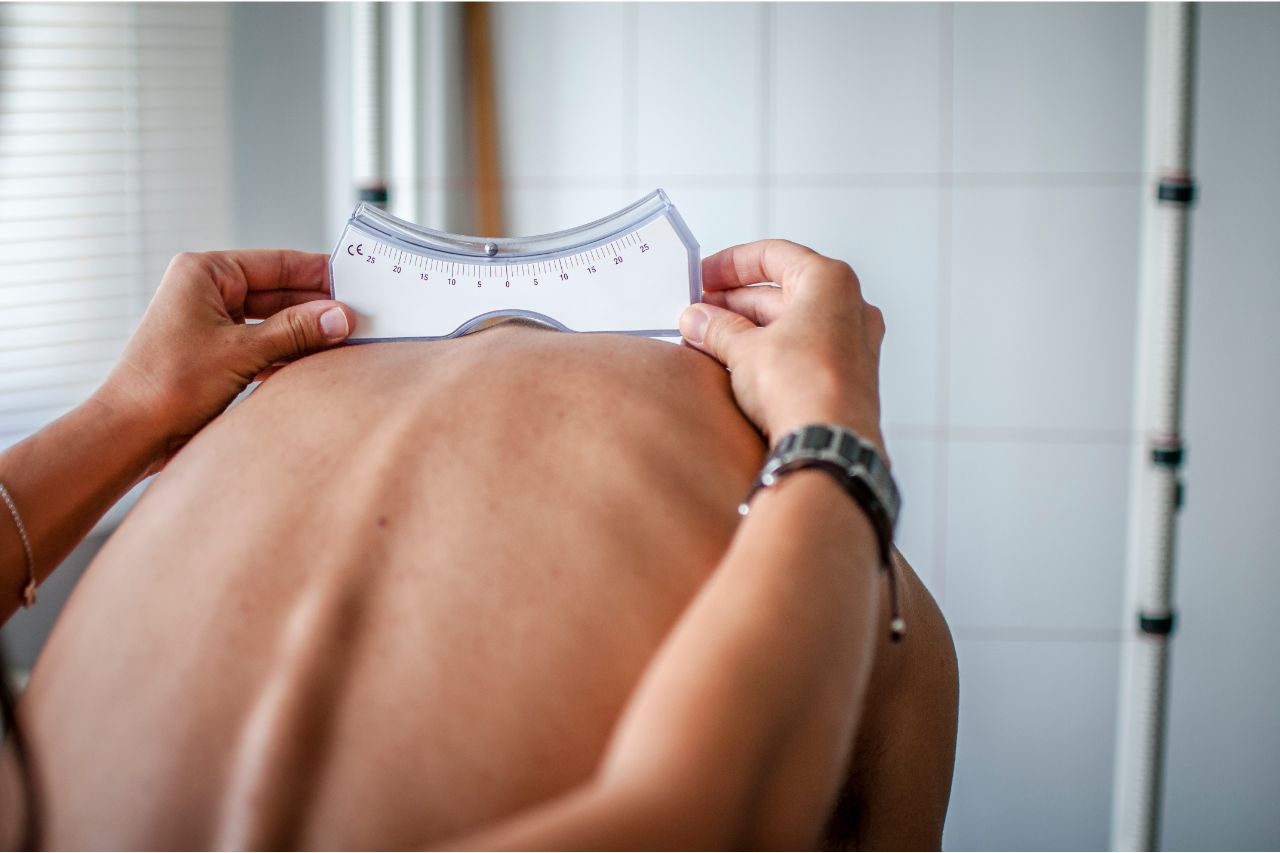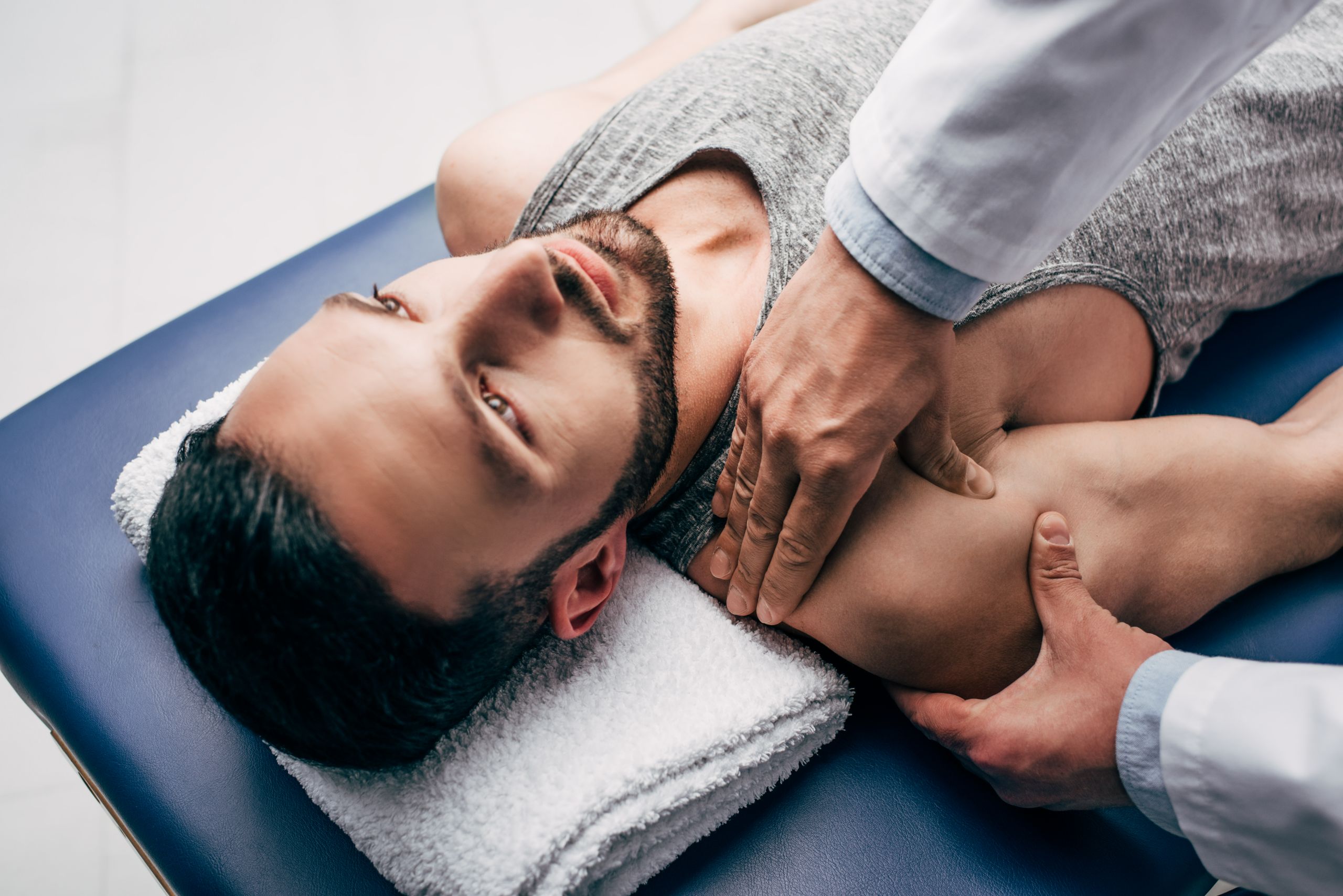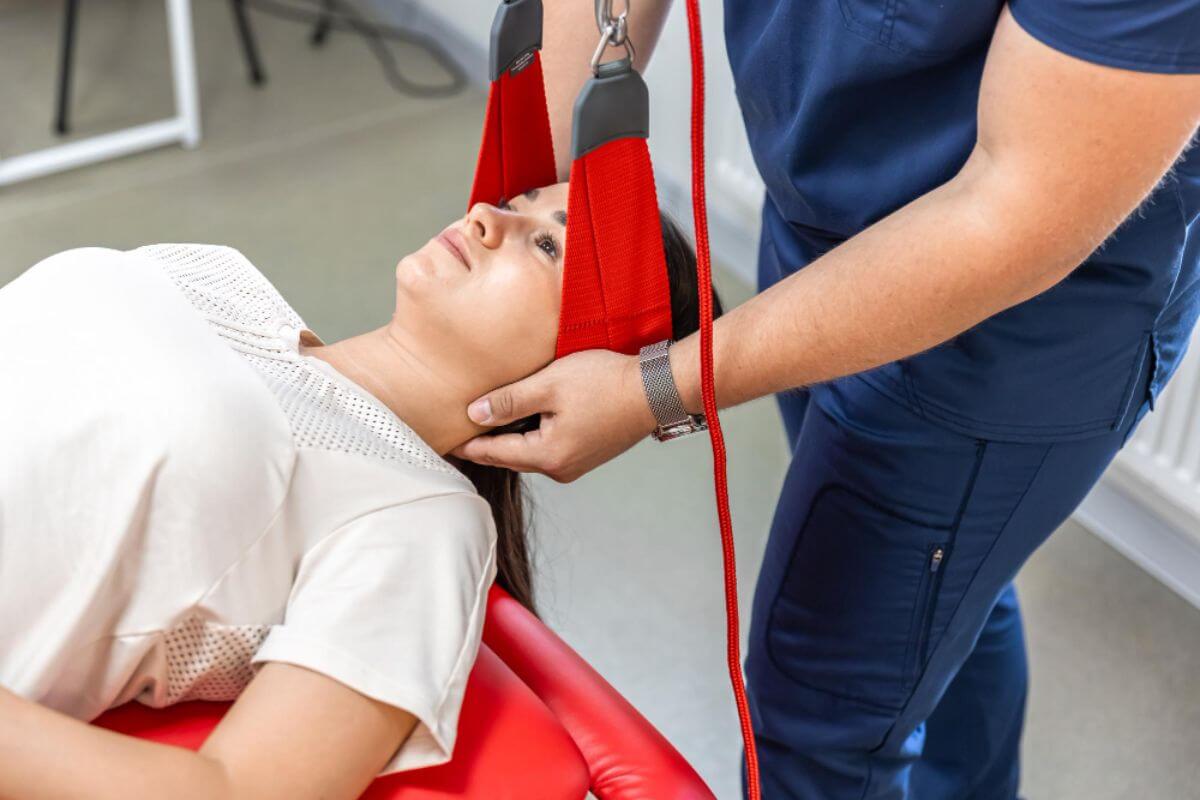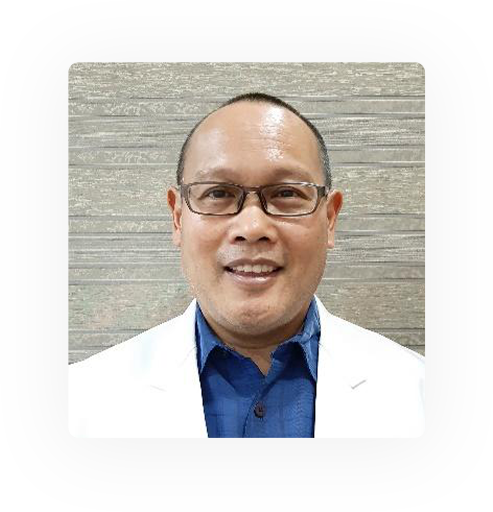
Scoliosis Treatment in the Philippines
What are the methods of treatment for scoliosis in the Philippines?
- Physical Therapy
- Scoliosis Bracing
- Spinal Surgery
- Chiropractic Care
Physical Therapy
 Mild cases of scoliosis can be treated with exercise and physical therapy. But this can also be incorporated with other methods. For example, your health care provider may include this even if you are being treated with a brace or after undergoing surgery.
The goal of physical therapy is to increase ease of mobility, return the functions of the joints, lessen the pain associated with scoliosis, and strengthen the patient’s spine and muscles.
The most popular physical therapy is the Schroth method which combines specialized breathing patterns, exercises for muscle symmetry, and also posture improvements.
Mild cases of scoliosis can be treated with exercise and physical therapy. But this can also be incorporated with other methods. For example, your health care provider may include this even if you are being treated with a brace or after undergoing surgery.
The goal of physical therapy is to increase ease of mobility, return the functions of the joints, lessen the pain associated with scoliosis, and strengthen the patient’s spine and muscles.
The most popular physical therapy is the Schroth method which combines specialized breathing patterns, exercises for muscle symmetry, and also posture improvements.
Scoliosis Bracing
 Braces are more often recommended for children and adolescents with growing spines. It is used to stop the curve from developing. Normally, braces are used to reduce pain.
However, nowadays, there are newer types of braces. Improved ones can allow more movement and don’t restrict the patient’s breathing.
To be effective, braces are worn for at least 16 hours a day until the patient has stopped developing his bones. And since braces can only stop curves from worsening, it is combined with physical therapy.
Braces are more often recommended for children and adolescents with growing spines. It is used to stop the curve from developing. Normally, braces are used to reduce pain.
However, nowadays, there are newer types of braces. Improved ones can allow more movement and don’t restrict the patient’s breathing.
To be effective, braces are worn for at least 16 hours a day until the patient has stopped developing his bones. And since braces can only stop curves from worsening, it is combined with physical therapy.
Spinal Surgery
 Not all cases will require surgery, but it is still used to correct a curved spine in some patients. Severe cases cannot be corrected with braces alone, and surgery is done to stop nerve damage and straighten the spine. The procedure is called spinal fusion, where metal rods are inserted into the spinal bones.
Not all cases will require surgery, but it is still used to correct a curved spine in some patients. Severe cases cannot be corrected with braces alone, and surgery is done to stop nerve damage and straighten the spine. The procedure is called spinal fusion, where metal rods are inserted into the spinal bones.
Chiropractic Care
 Chiropractors are health care professionals that study the spine and use non-invasive means to treat the body. A trained chiropractor that specializes in scoliosis treatment can help manage scoliosis through non-surgical means. They will use a combination of braces and physical therapy to treat a patient. Pain in the other parts of the body that is associated with scoliosis can also be reduced.
Chiropractors are health care professionals that study the spine and use non-invasive means to treat the body. A trained chiropractor that specializes in scoliosis treatment can help manage scoliosis through non-surgical means. They will use a combination of braces and physical therapy to treat a patient. Pain in the other parts of the body that is associated with scoliosis can also be reduced.






